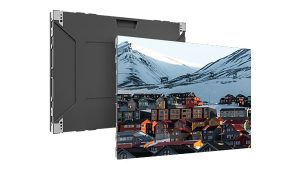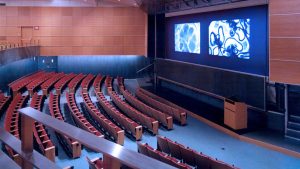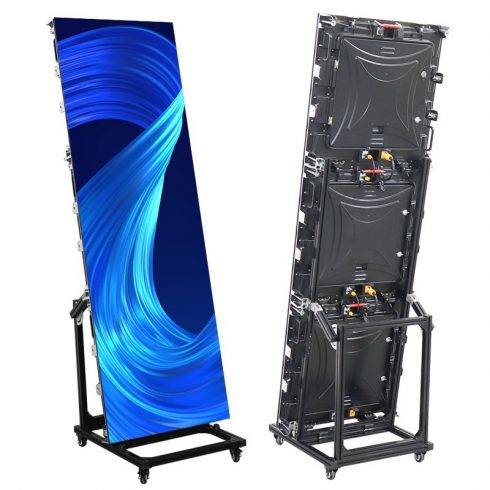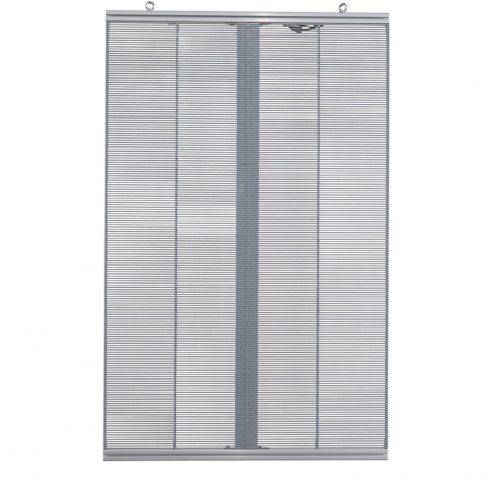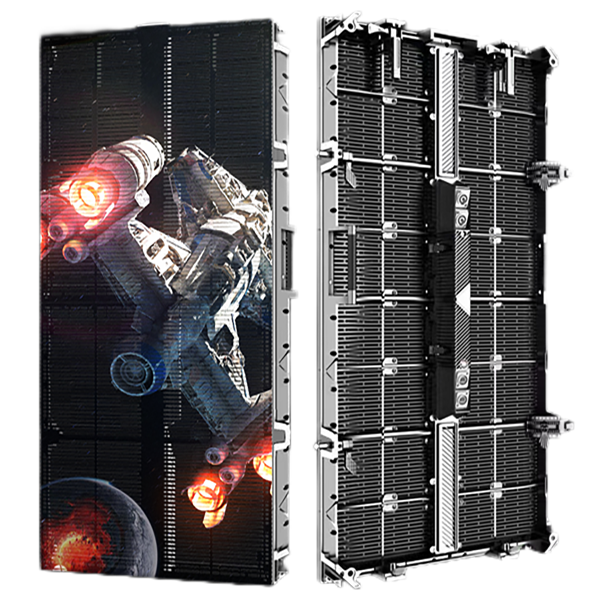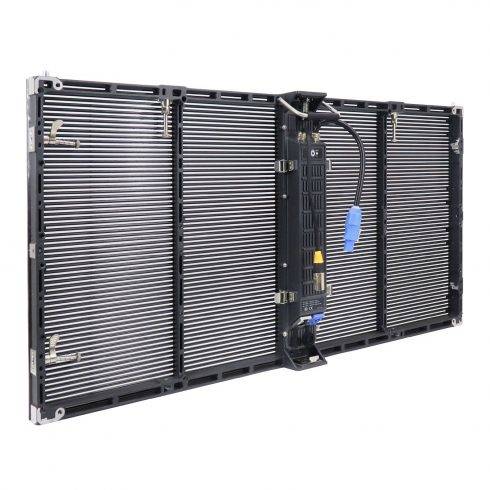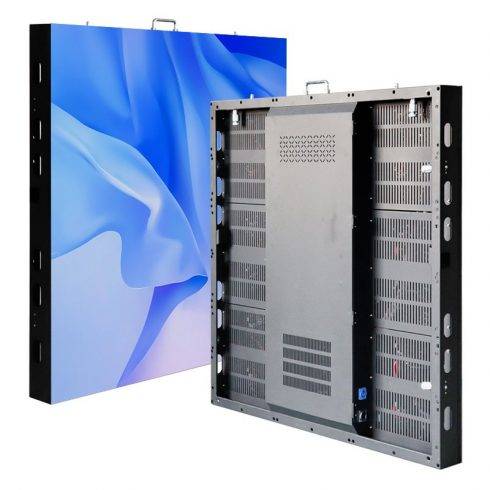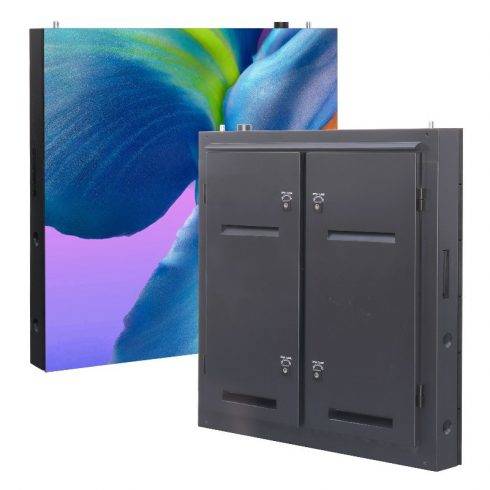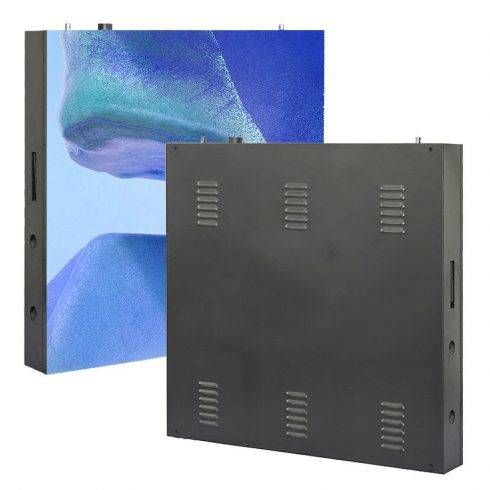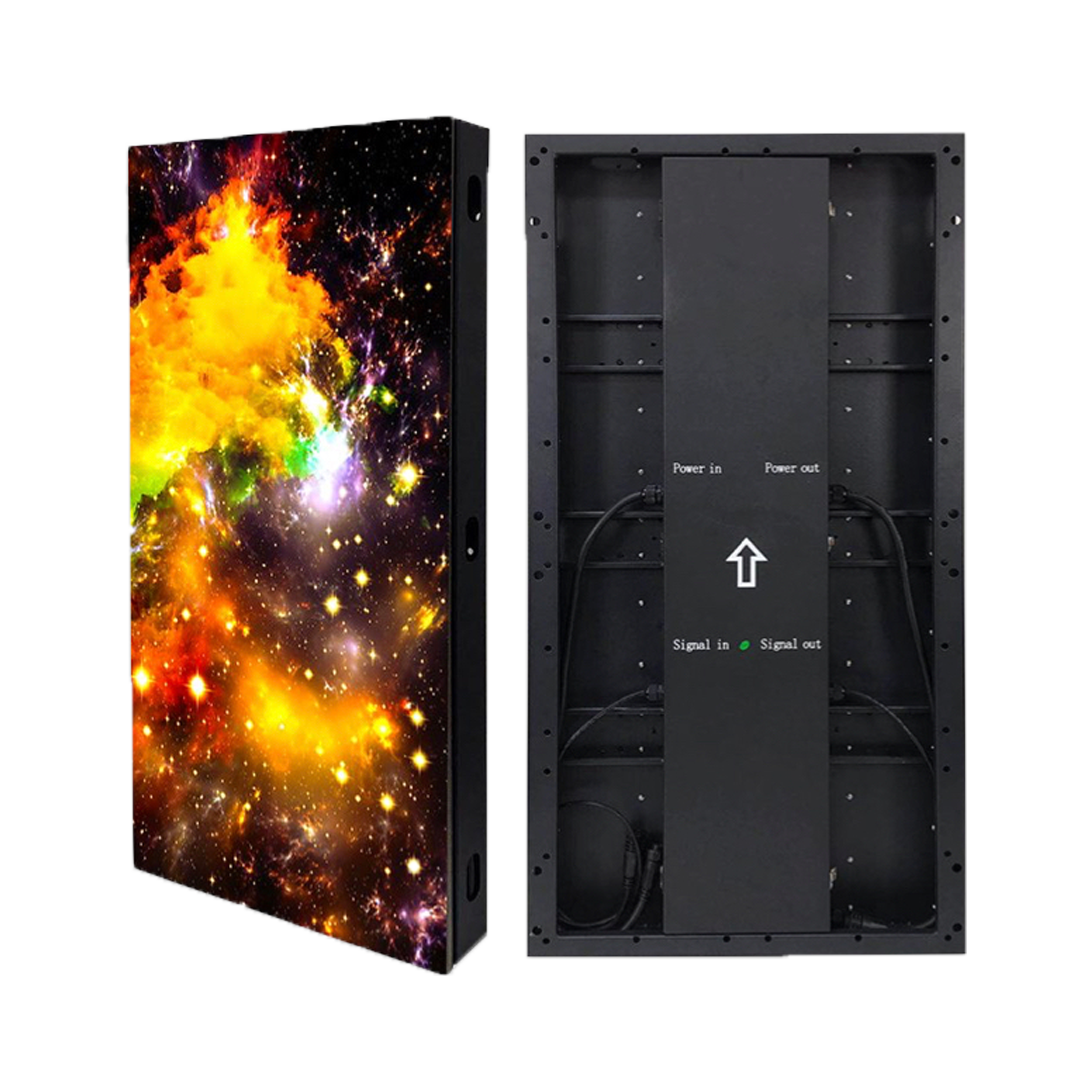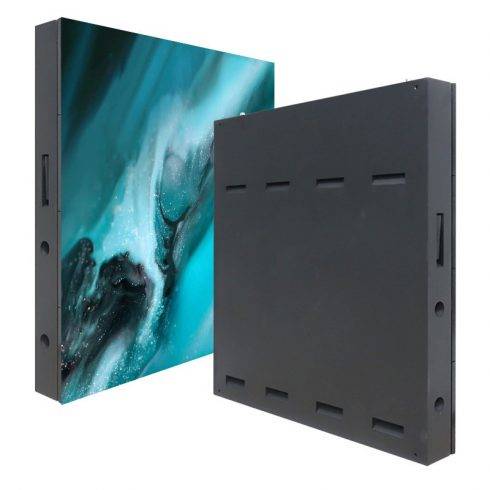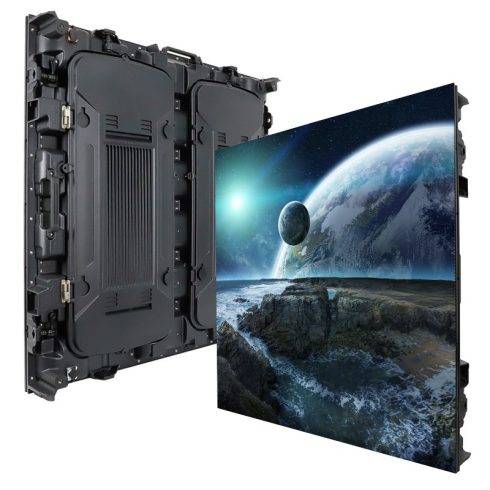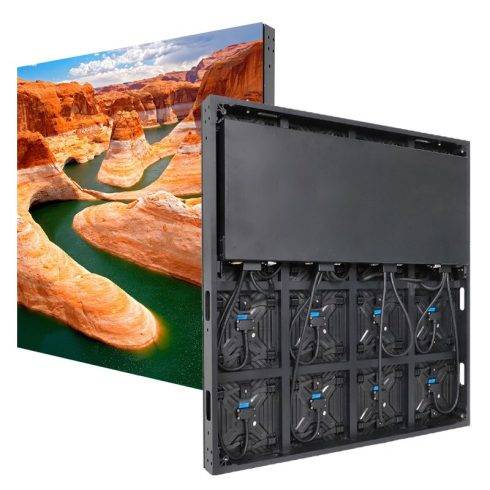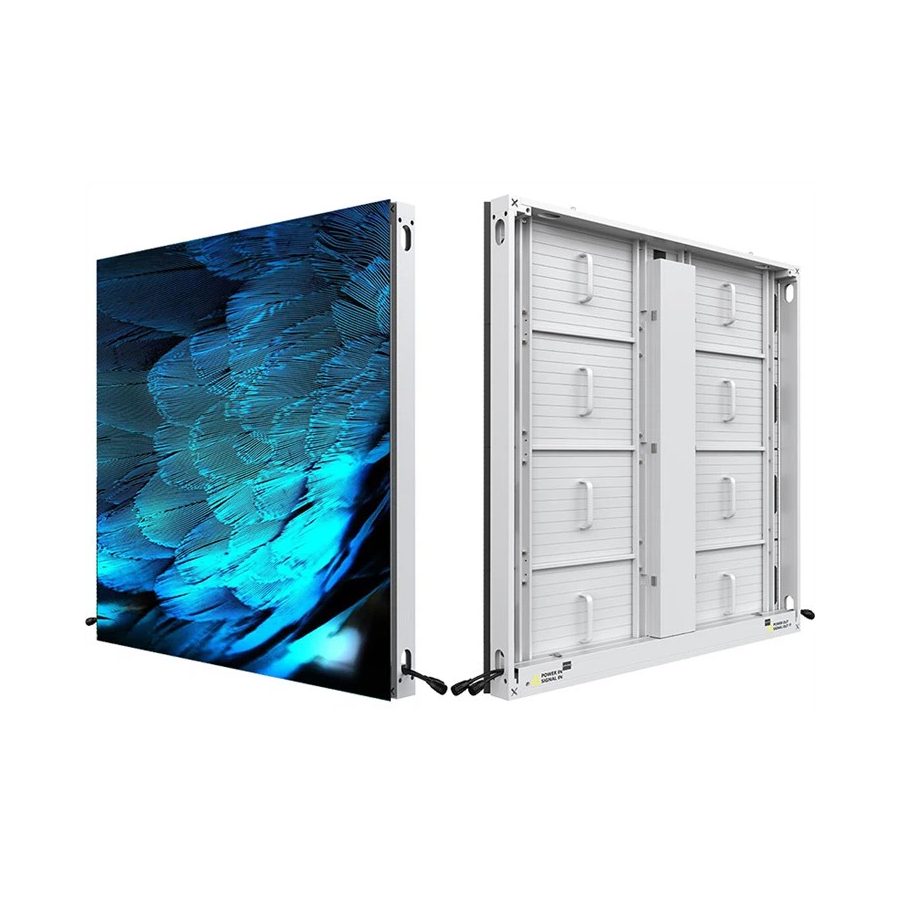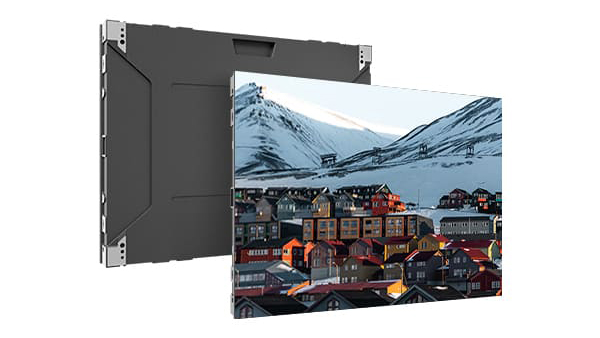LED panels have revolutionized the way we approach lighting and display technology. Their journey from concept to widespread application is a fascinating tale of scientific discovery, technological advancement, and innovative application. This article traces the history of LED panels, exploring their origins, development, and significant milestones that have shaped their current form and future potential.
Origins of LED Technology
The story of LED (Light Emitting Diode) technology begins in the early 20th century with the discovery of electroluminescence, the phenomenon where a material emits light in response to an electric current. In 1907, British scientist H.J. Round of Marconi Labs observed electroluminescence using silicon carbide and a cat’s-whisker detector, laying the groundwork for future developments.
In the 1920s, Russian inventor Oleg Losev independently observed the phenomenon and published his findings, predicting potential applications for light-emitting diodes. However, practical applications of LEDs would not emerge until much later, as the materials and understanding required to develop efficient LEDs were not yet available.
The Birth of the First LED
The first practical visible-spectrum LED was created in 1962 by Nick Holonyak Jr., an engineer at General Electric. Known as the “father of the light-emitting diode,” Holonyak developed a red LED using gallium arsenide phosphide (GaAsP). This invention marked a significant milestone, demonstrating that LEDs could be used for practical applications beyond laboratory experiments.
Throughout the 1960s and 1970s, LEDs were primarily used in indicator lights and seven-segment displays in electronic devices such as calculators, digital watches, and early computer systems. These early LEDs were limited in color (red, green, and yellow) and brightness, but they paved the way for future innovations.
Advancements in LED Technology
The 1980s and 1990s saw significant advancements in LED technology, particularly in terms of efficiency, brightness, and color range. Researchers developed new materials such as gallium nitride (GaN), which enabled the creation of blue LEDs. The invention of blue LEDs was a breakthrough, as combining red, green, and blue LEDs made it possible to produce white light, expanding the potential applications of LEDs.
In 1993, Shuji Nakamura, a researcher at Nichia Corporation, successfully developed a high-brightness blue LED using indium gallium nitride (InGaN). This breakthrough earned Nakamura the Nobel Prize in Physics in 2014, alongside Isamu Akasaki and Hiroshi Amano, for their work in the development of efficient blue LEDs. This invention was crucial for the development of full-color displays and high-efficiency white lighting.
Emergence of LED Panels
With the ability to produce bright, efficient, and multi-colored LEDs, the stage was set for the development of LED panels. The 1990s and early 2000s saw the emergence of LED displays, initially used in applications such as outdoor signage, scoreboards, and large video screens.
One of the earliest and most notable uses of LED panels was in Times Square, New York City, where massive LED displays began to replace traditional billboards. These displays offered dynamic and vibrant content, significantly enhancing the impact of advertisements and transforming the visual landscape of the area.
As LED technology continued to improve, the resolution and color quality of LED panels also advanced. By the early 2000s, LED panels were being used for indoor displays, including digital signage in retail environments, transportation hubs, and corporate settings. The ability to control these panels remotely and update content in real-time added to their appeal, making them a versatile tool for communication and marketing.
Technological Innovations and Applications
The development of Surface Mount Technology (SMT) in the late 20th century was a significant factor in the evolution of LED panels. SMT allowed for the creation of smaller, more efficient LED components that could be densely packed into panels, improving resolution and enabling the production of thinner, lighter displays.
The introduction of organic LEDs (OLEDs) in the early 21st century marked another leap forward. OLEDs offered advantages such as higher contrast ratios, faster response times, and the ability to create flexible and transparent displays. These characteristics opened up new possibilities for innovative display designs and applications in consumer electronics, automotive displays, and wearable technology.
LED panels also found applications in lighting, where they began to replace traditional fluorescent and incandescent lights in various settings. Their energy efficiency, long lifespan, and low maintenance costs made them an attractive option for both residential and commercial lighting solutions.
The Future of LED Panels
The
future of LED panels promises continued innovation and expansion into new areas. Advances in materials science and manufacturing techniques are expected to enhance the performance and affordability of LED panels, making them even more ubiquitous in our daily lives.
Smart and Connected LED Panels
The integration of LED panels with Internet of Things (IoT) technology is an emerging trend. Smart LED panels can be connected to networks, allowing for remote monitoring and control via smartphones or computers. This connectivity enables more efficient energy management, real-time updates, and interactive applications. For instance, in smart cities, LED panels can display real-time traffic information, weather updates, and emergency alerts, enhancing urban living experiences.
MicroLED and MiniLED Technologies
MicroLED and MiniLED technologies represent the next frontier in LED panel development. These technologies use smaller LED components to achieve higher resolution and brightness levels, with improved energy efficiency and longer lifespans. MicroLED panels, in particular, are expected to revolutionize the display industry with their potential for ultra-high-definition displays and exceptional color accuracy. They are being explored for use in everything from high-end televisions and monitors to virtual reality (VR) headsets and augmented reality (AR) devices.
Environmental Sustainability
Sustainability is becoming a critical consideration in LED panel development. Manufacturers are increasingly focusing on reducing the environmental impact of their products, from using eco-friendly materials to improving energy efficiency. Advances in recycling technologies are also making it easier to reclaim valuable materials from old LED panels, further reducing their environmental footprint.
Advanced Applications
The versatility of LED panels continues to expand, finding applications in diverse fields such as healthcare, education, and entertainment. In healthcare, LED panels are used in medical imaging devices and surgical lighting, providing bright, precise illumination that enhances visibility and accuracy. In education, interactive LED panels are transforming classrooms by enabling dynamic, engaging learning experiences. In the entertainment industry, LED panels are being used in innovative ways, such as creating immersive, high-definition backgrounds for film and television production.
Flexible and Transparent Displays
Flexible and transparent LED panels are already making waves in the market. These panels can be bent, curved, or even rolled up, offering unprecedented design flexibility. Transparent LED panels allow light to pass through them, enabling new applications such as see-through displays on windows and glass surfaces. These features open up creative possibilities for architects, designers, and advertisers looking to integrate digital displays into unconventional spaces.
Conclusion
The history of LED panels is a testament to human ingenuity and the relentless pursuit of innovation. From the early discoveries of electroluminescence to the development of high-brightness blue LEDs, and from the first practical applications in electronic devices to the modern-day smart, flexible, and sustainable displays, LED panels have come a long way. As technology continues to advance, LED panels are set to become even more integral to our daily lives, transforming the way we interact with the world around us.
The journey of LED panels reflects broader trends in technology, where continuous improvement and adaptation drive progress. By understanding the history and evolution of LED panels, we gain insight into the dynamic nature of technological development and the endless possibilities that lie ahead. Whether enhancing urban landscapes, revolutionizing industries, or creating new forms of artistic expression, LED panels will undoubtedly continue to illuminate our future in ever more innovative and impactful ways.




